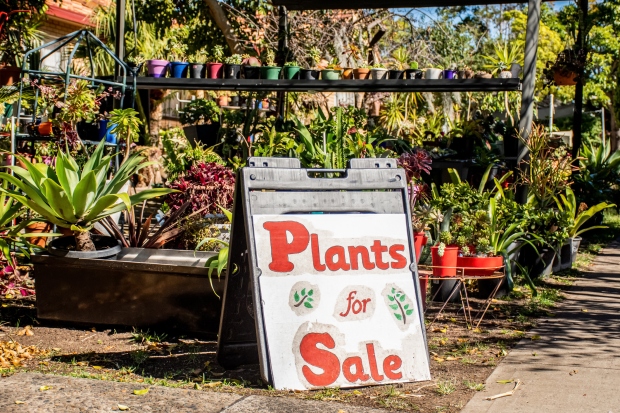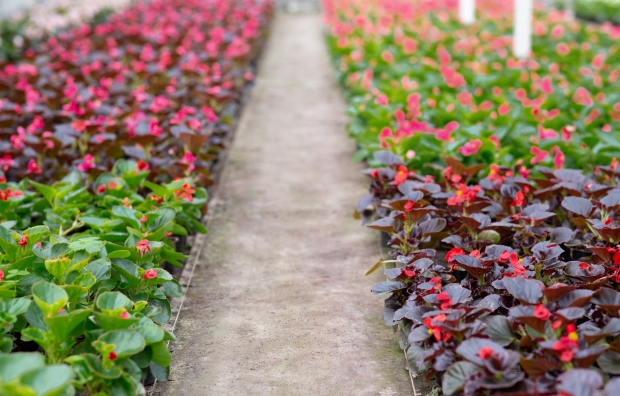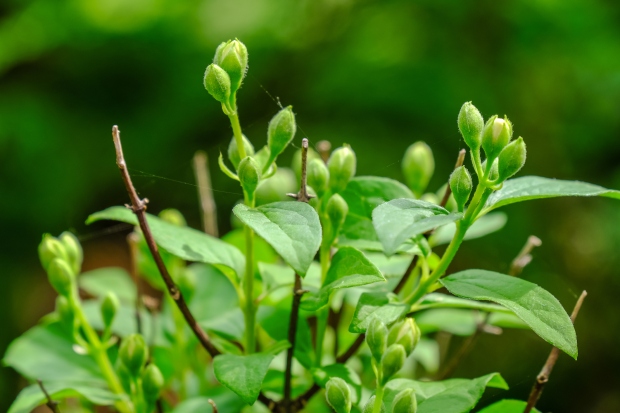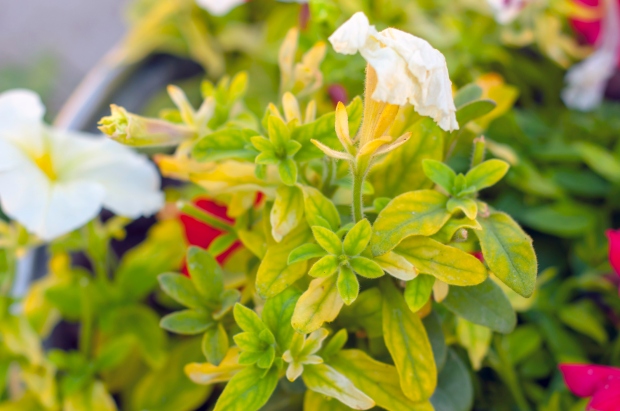How to Find the Best Plants to Buy
When you head to the greenhouse or the lawn and garden center at your favorite big-box store, choosing the best plants you can get for your money is essential. Healthy plants will transplant better, experience less transplant shock, and establish themselves quickly.

While it’s tempting to buy plants that are discounted or on sale because they look sickly, avoid them. Chances are you’ll be introducing insect pests or diseases into your flower bed.
Physical Characteristics to Look For
When buying flowers, the goal is to purchase healthy-looking plants that were well taken care of when they were first started. A healthy, strong young plant has greater chances of growing to be a healthy, strong mature plant.

As you look over rows and rows of plants, make sure to pick out plants showing the following characteristics.
- Leaves are uniform in color, whether they are green, variegated, or whatever color the plant’s foliage is naturally.
- Flower buds should be plump and healthy, not brown or rotted.
- Leaves should be pliable yet firm.
- Leaf size should be similar — especially leaves toward the bottom of the plant — and comparable to neighboring plants.
- Branches should be well spaced and evenly distributed around the plant.
- Grab the base of the plant and try to move it back and forth in the potting soil. You want it to be well-rooted and holding firm, and it shouldn’t pull out of the soil easily.
- Roots are firm and either white or light tan.

Physical Characteristics to Avoid
If the flowering plants show any of these characteristics, keep looking for healthier plants. You should not buy them.
- Wilted or off-color foliage, especially overall yellowing of the leaves or chlorosis between the leaf veins.
- Dry, crispy leaf margins.
- Visible insect pests, especially aphids, spider mites, scale, etc.
- Symptoms of disease.
- Tall, spindly plants that are pale in color. These symptoms are classic signs of etiolation when the plant isn’t getting enough sunlight.
- Leaves that have mushy spots.
- Flowers that look way too big for their container. These plants are likely root-bound.
- Offensive odor or mushy roots.
- Sunscald on the leaves.
- Mechanical injury to the plant’s stem. Open wounds invite insect pests and fungi into the shrub’s vascular system.
- Roots growing out of the bottom of the container.
- Weeds growing in the container.
